FERC has opened a Rulemaking proceeding in order to update its rules for permitting interstate transmission projects. Although this ability was originally granted in the Energy Policy Act of 2005, several court decisions nullified it for more than a decade. However, the Investment and Jobs Act (aka Bipartisan Energy Bill) nullified the court decisions and reinvigorated FERC's authority by directing FERC to permit transmission lines that are denied by state regulatory commissions. The time to oppose this provision has passed. It's been signed into law. Now we have to deal with reality.
And reality is in shaping the existing rules to make a federal permitting (and eminent domain) process as fair as possible for landowners. A group of transmission opposition group leaders from across the country submitted initial comments to FERC last month. We recommended several steps FERC could take, and things it could add to its review, in order to level the playing field for landowners who find themselves involved in pitched battles to save their property through no fault of their own. Nobody asks to have a transmission line sited on their property. It just happens. And then these unfortunate landowners suddenly find themselves having to hire lawyers and get involved in energy permitting. Nothing at all fair about that. FERC should not be making participation harder for landowners.
But a bunch of other groups also filed comments at FERC, including a whole bunch of environmental, policy and partisan political groups who think we should build a whole bunch of new transmission in a big ol' hurry. When we wrote our comments, we didn't dwell on environmental policy and environmental requirements for FERC's new rules. That's not in our wheelhouse. We are not the experts at environmental policy. We left that to the environmental groups to file comments advising FERC how it should write its environmental rules. However, those environmental groups did not give landowners the same courtesy. After telling FERC how they love new transmission "for renewables" and demanding that FERC enable a quick and expensive transmission building renaissance, these environmental policy and political groups proceeded to weigh in on creating fair rules for landowners and local community opposition groups. What do these groups know about transmission opposition and landowner concerns? Turns out nothing at all. What do these groups know about transmission permitting cases? Turns out nothing at all. These groups don't know diddly about landowner concerns because it is not in their wheelhouse. They are not groups whose mission is protecting landowners from electric transmission companies. In fact, their missions are to "help" the environment by building more wind + solar + transmission.
Isn't that the fox watching the hen house? You betcha!
This week, the Impacted Landowners group filed reply comments telling FERC that it should ignore the claims of environmental policy and political groups that they represent the interests of landowners. The landowners asked FERC to hold a listening session exclusively for landowners so they could hear our concerns without us being drowned out by a bunch of know-nothings who have their own interests at heart, not ours.
| rm22-7_reply_comments_final.pdf |
MYOB, big green groups. We don't want or need your "help."

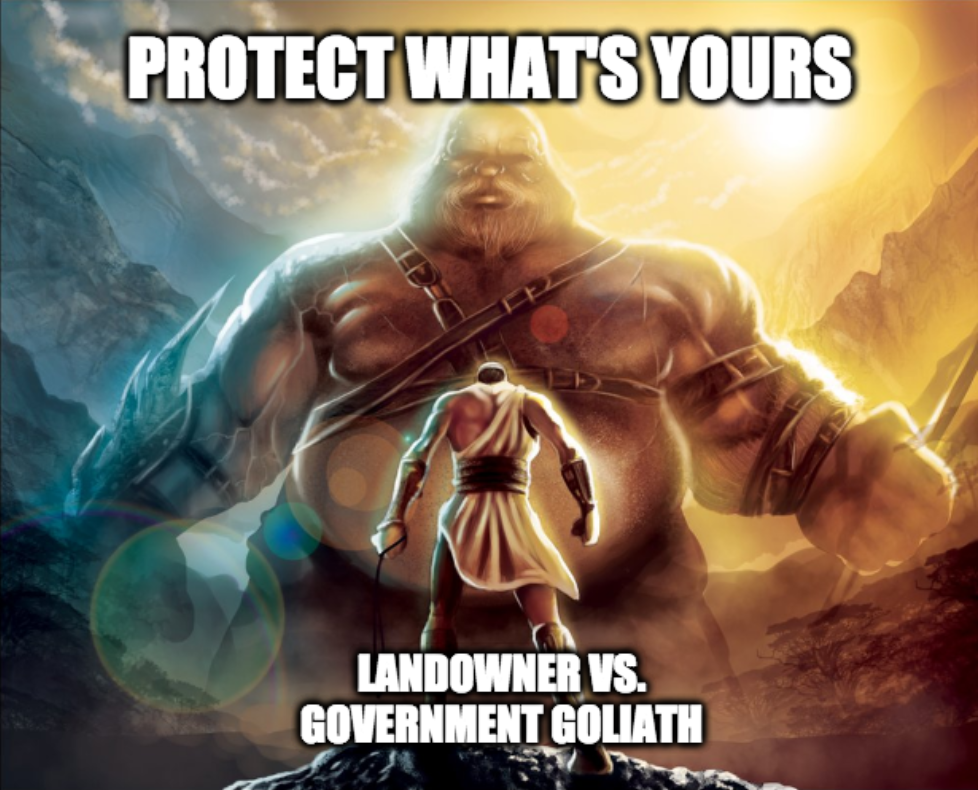
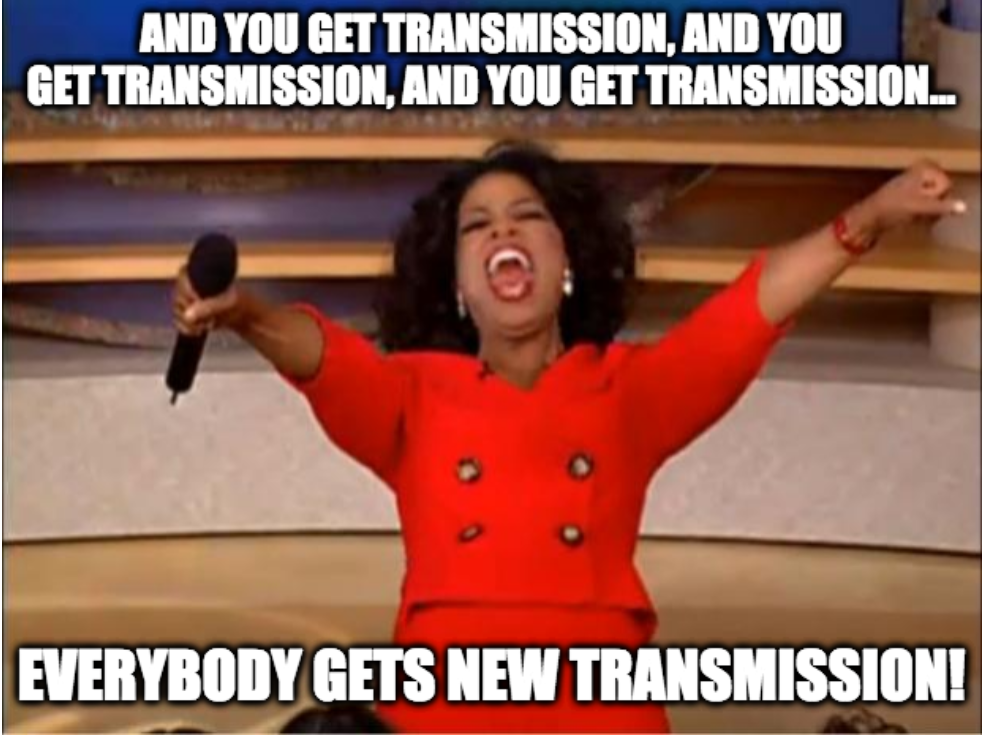
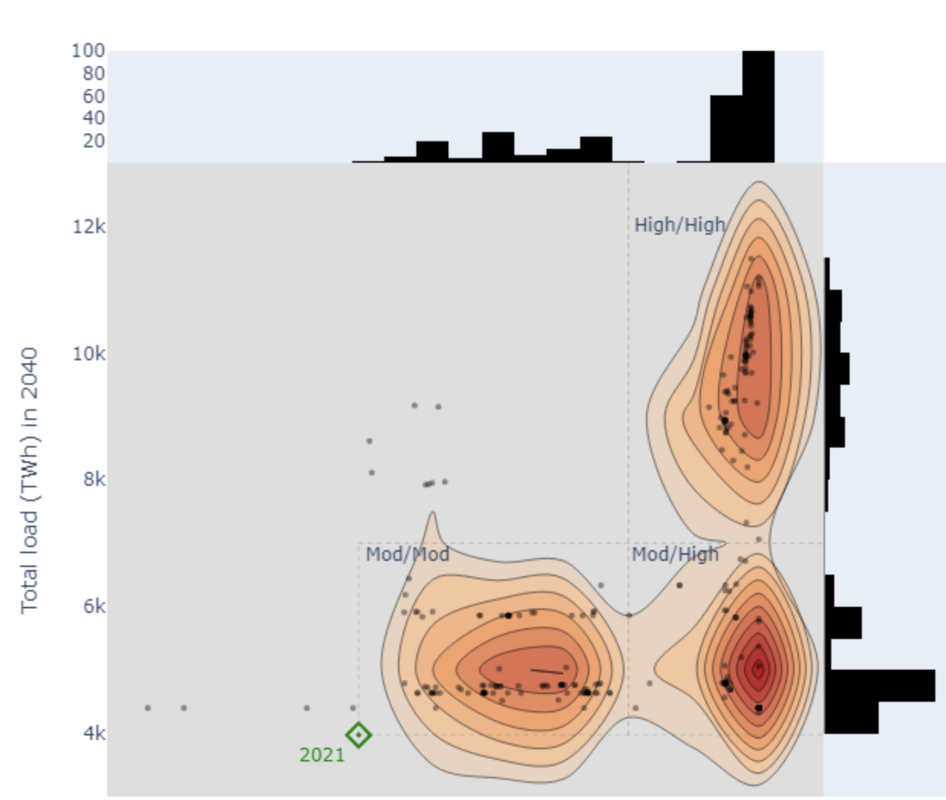
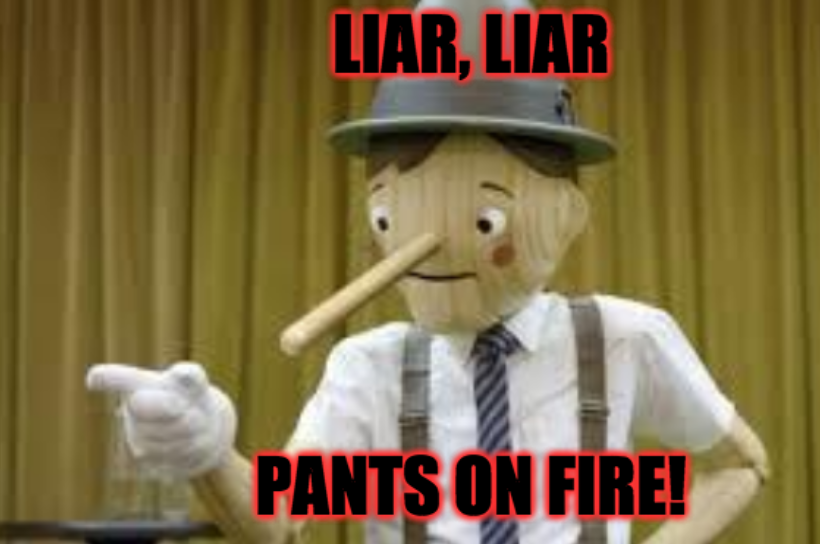
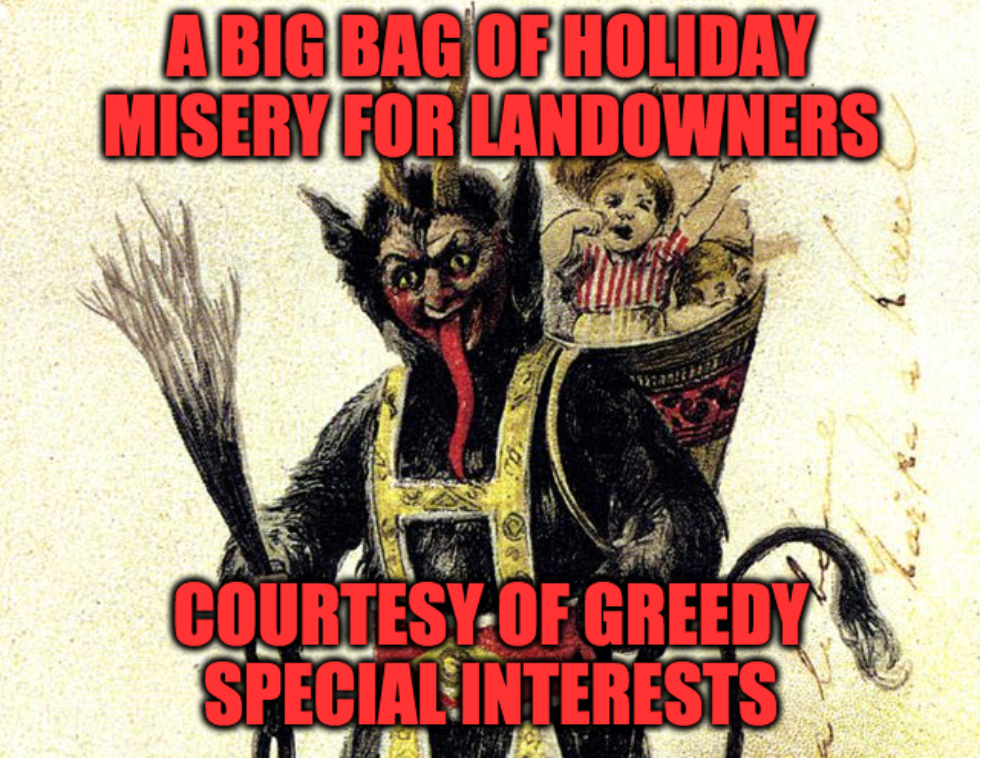

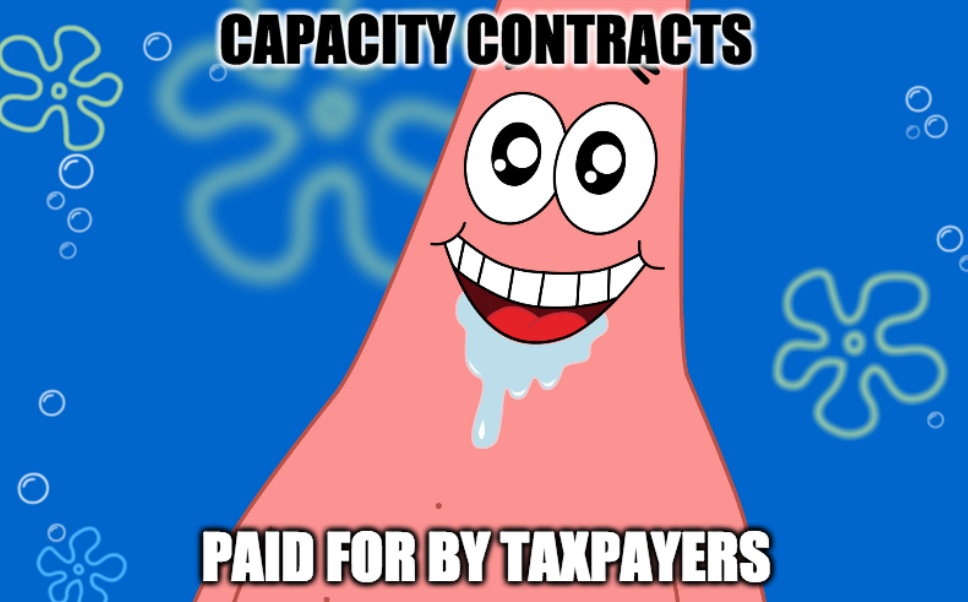
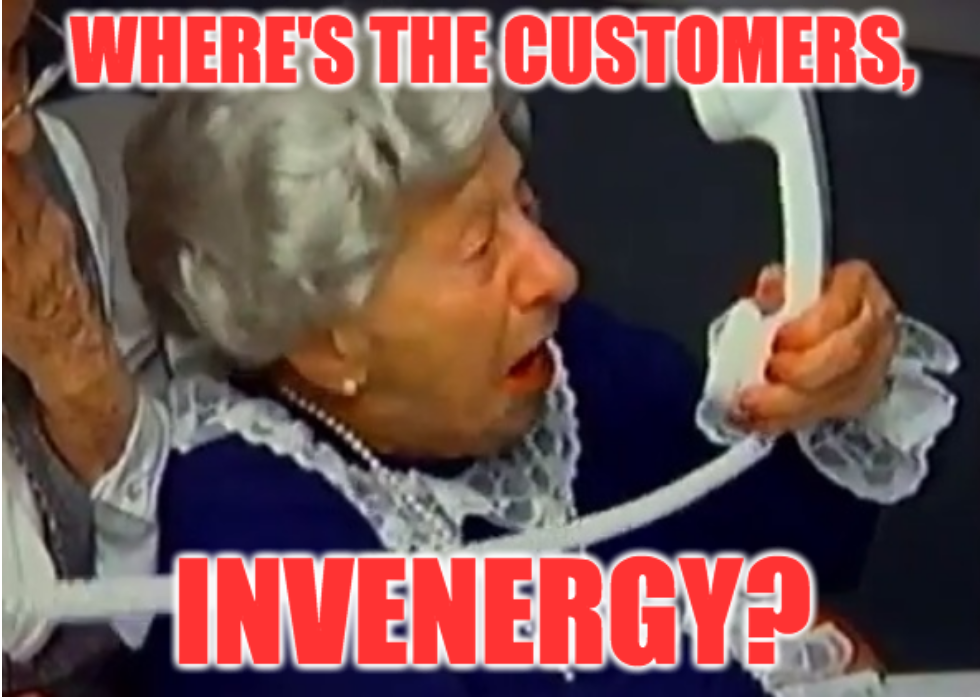
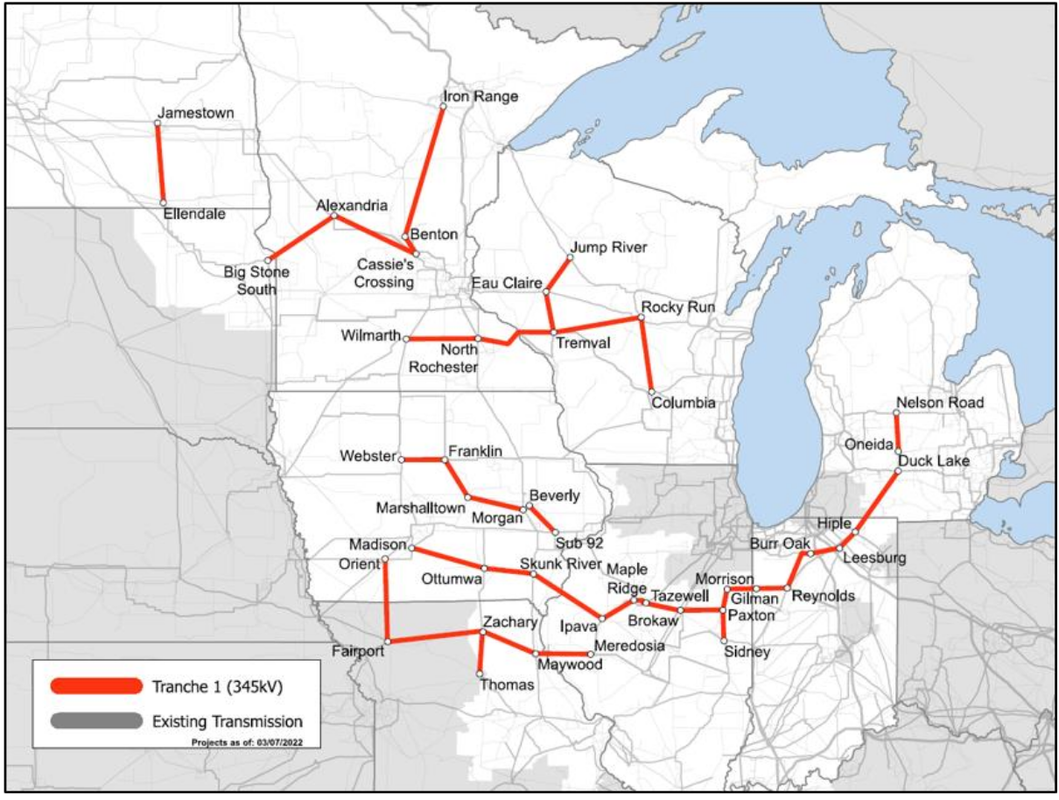

 RSS Feed
RSS Feed